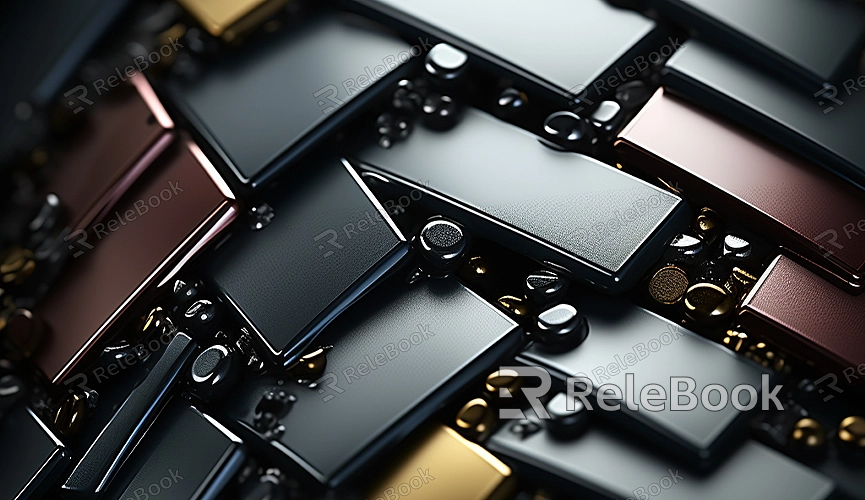Blender export obj with textures
In Blender, textures play a crucial role in giving 3D models a lifelike appearance. Textures not only enhance the surface of the model but also contribute significantly to the rendering process. When exporting a model with textures from Blender, the OBJ format stands out as a popular choice due to its wide compatibility and flexibility. Today, let's delve into the techniques for exporting OBJ files with textures in Blender and explore some common demonstration scenes.

1. Open Blender and Load the Model:
Start by opening Blender and loading the 3D model that includes the desired textures. This model can be any object you want to add more texture to.
2. Adjust UV Layout:
In the 3D view, switch to Edit mode and adjust the UV layout of the model. Ensure that each part has a reasonable distribution to accurately map textures onto the model surface.
3. Add Textures:
In the texture editor, choose the texture you want to apply. This could be various maps, such as wood grain, metallic textures, or brick patterns.
4. Navigate to Export Settings:
In Blender, navigate to File > Export > Wavefront (.obj), select the export path, and specify the file name.
5. Configure Export Settings:
Ensure that you choose the "Textures" option in the export settings to guarantee correct texture export. You can also adjust other settings to meet your specific requirements.
Scene Example 1: Stone Texture on a Forest Path
Suppose you design a forest scene and want the stones on the path to appear realistic. By exporting an OBJ file with stone textures, you can easily showcase this detailed scene on other platforms, making each stone rich in texture.
Scene Example 2: Glass Facades of Futuristic Tech City
When designing a futuristic city, you may want the glass building surfaces to exude a high-tech feel. Export an OBJ file with smooth glass textures to ensure the buildings maintain their technological look in other 3D applications.
Scene Example 3: Metallic Texture on a Classic Car
For car models, the texture of the metal surface is crucial. By exporting an OBJ file with a metallic feel, you can reuse this unique car texture in other projects.
Scene Example 4: Solar Panels on an Interstellar Space Station
When designing a space station, the texture of solar panels becomes crucial. Export an OBJ file with solar panel textures to ensure the space station maintains a realistic appearance in different scenarios.
Scene Example 5: Leaf Texture on Rainforest Vegetation
For a rainforest scene, the texture of leaves determines the overall realism. Export an OBJ file with leaf textures to make the rainforest scene more detailed and captivating.
Scene Example 6: Stone Wall Texture Inside an Ancient Castle
When creating a scene of an ancient castle, the texture of stone walls adds a sense of history. Export an OBJ file with stone wall textures to make the castle more realistic, as if stepping back in time.
Scene Example 7: Wooden Floor Texture in a Modern Home
In modern home design, wooden floors are a common element. By exporting an OBJ file with wooden floor textures, ensure that the home model maintains its modern feel in other projects.
Scene Example 8: Dune Texture in a Desert Landscape
In a desert scene, the texture of sand dunes enhances the overall visual impact. Export an OBJ file with dune textures to make the desert scene more captivating.
Exporting OBJ files with textures from Blender allows you to seamlessly transfer unique textures and scene characteristics to other 3D design projects. This flexibility makes it easier to achieve your design vision in different creative endeavors. If you need more high-quality 3D textures and HDRI, consider downloading from Relebook and directly applying the textures to your models, effortlessly enhancing the visual quality of your designs.

